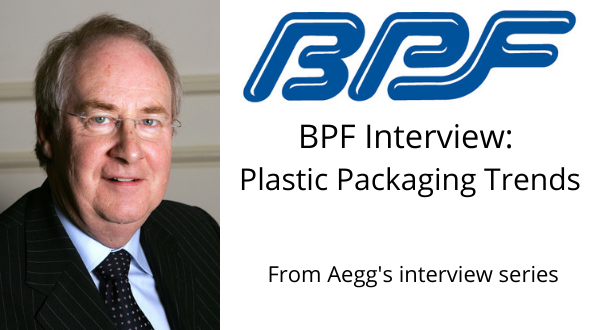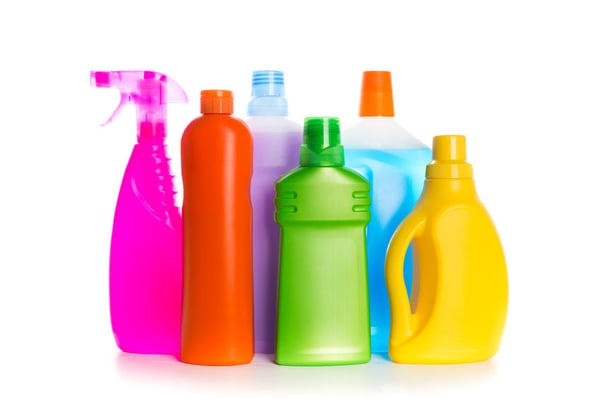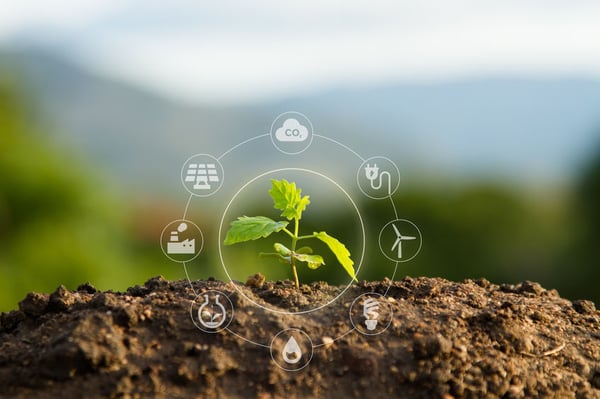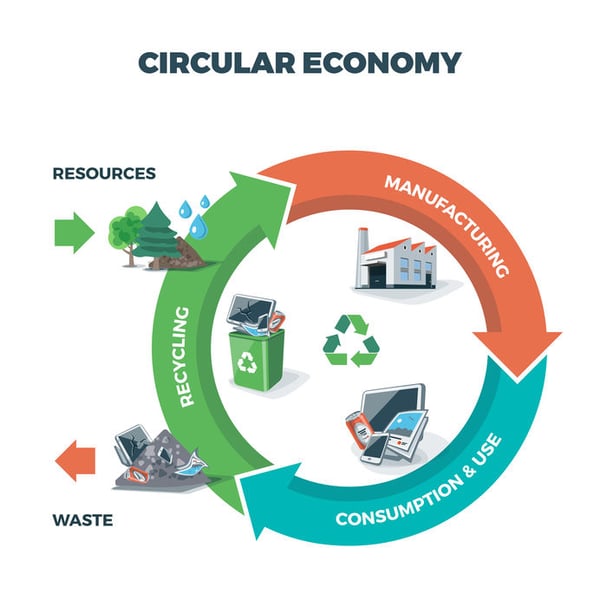2021 Plastic Packaging Trends

Aegg interviewed Barry Turner, Plastic & Flexible Packaging Group Director at BPF (British Plastics Federation), for his thoughts on plastic packaging trends for 2021. Read on to find out more...
Aegg: What do you see as the biggest trends in plastic food & drink packaging in 2021?
Hygiene and protection is key to make sure products are delivered in the best possible condition through the logistics chain – this is where plastic packaging has a unique proposition.
Obviously, (due to the current COVID-19 pandemic) there have been significant changes in the way we shop.
As we shift to more online shopping, some larger product containers are being purchased to carry bulkier items such as detergents and other cleaning liquids.
Use of ready meals has seen a drop off in demand with some consumers able to spend more time on meal preparation.
Also as we are travelling less, the consumption of food-on-the-go has decreased significantly, although I hope we will see some easing by the second half of 2021 as people start to resume a more normal life as the vaccination roll-out continues.
Hygiene and protection is key to make sure products are delivered in the best possible condition through the logistics chain – this is where plastic packaging has a unique proposition.
[As a Brexit deal has now been agreed], this will impact on industry with additional paperwork and administration.
Recyclability will continue to be a top priority throughout 2021; as will packaging with more recycled content, and reduced carbon emissions.

Aegg: Do you think the public perception of plastics in food & drink packaging is changing?
Based on several surveys, there is more awareness of hygiene and safety and the critical role packaging plays in it. There is also more awareness of the impact of packaging on climate change. What is not getting across is that if plastic had not been invented, climate change would be so much worse due to the protective role plastic packaging plays in the logistics chain, its lower climate change credentials , as well as its role in preventing food wastage.

Aegg: What key pieces of advice would you give to retailers looking to source plastic food & drink packaging in 2021?
My main pieces of advice would be to continue to focus on the function of the packaging; look at ways of managing waste reduction; and reviewing life cycle analysis to help choose between the different types of packaging available.

Aegg: Are there any advancements in new plastics-derived materials that we are likely to see in 2021?
There are a couple of changes: there are more polymers with recycled content that will be coming onto the market. Some polymers are currently being offered with recycled content but it is still in its infancy at the moment requiring most converters to source polymer and separately recycled content. Other solutions will include more bio-sourced polymers that are recyclable..
Aegg: What are your views on the cost and availability of recycled material to incorporate into plastic pots?
Historically, the shortage of availability has lead to recycled material commanding a premium. However, that is starting to change due to more investment being made into recycling. We (the UK) lack a robust collection and recycling infrastructure, so this is a ‘work in progress’.
Aegg will be interviewing other key industry figures on relevant subjects – to sign up to receiving our monthly newsletter with industry news and views, please click here and opt in for Aegg updates.


